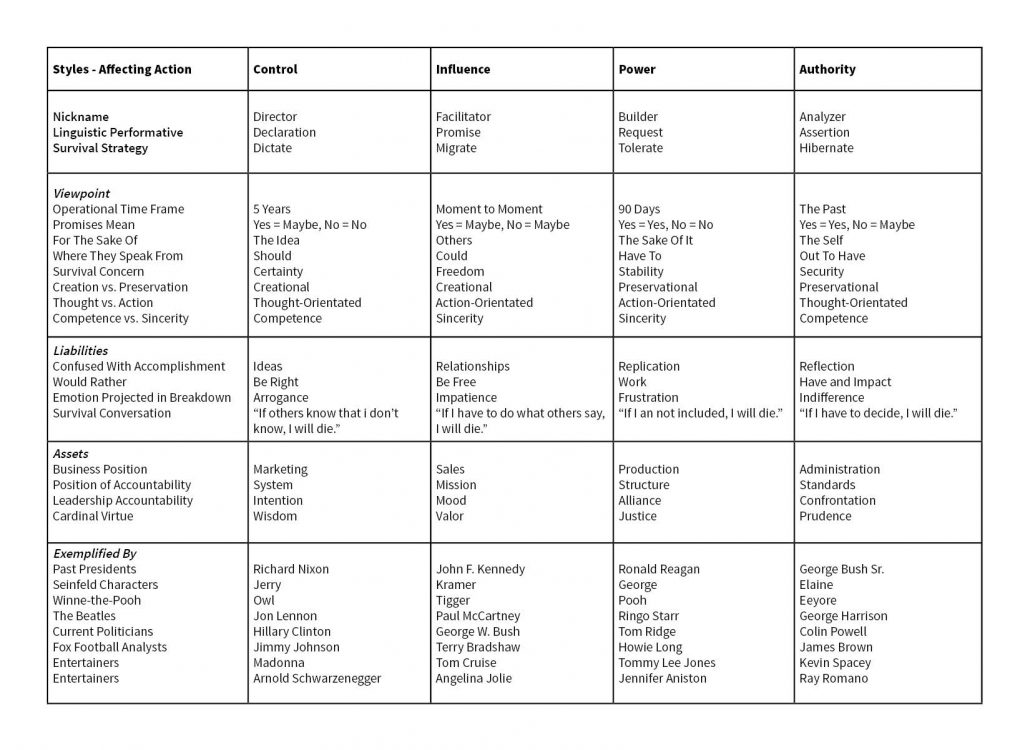Communication is one of the roots to successful project management, and the main difference between a project running smoothly or a project filled with missed deadlines and avoidable bottlenecks. One of the areas with a high probability for communication to affect process and productivity is in the creation of marketing collateral and marketing campaigns.
Process, Process, Process…
Miscommunication is deadly to productivity within the fast paced lifecycle of a marketing campaign. Many times, properties have strict client deadlines, and in many cases it is as soon as humanly possible. With speed-to-market being a top priority, it is imperative that a team operates on the same page from the beginning of the marketing process.
Project managers, graphic designers, analysts, brokers, and additional administrative assistants all help funnel along a marketing campaign from its inception to its launch. Having a battle-tested process is one of the most reliable ways to ease a communication dilemma. Our team has various processes for various product types, most of them beginning with a project kick-off call or meeting. This not only helps the brokers iron out any property positioning quandaries, it helps the team understand the project vision and their individual roles within the collateral building process while creating accountability.
A process is only as strong as its level of adherence, and this is where accountability becomes king.
Establishing Defined Roles for Greater Accountability
As mentioned above, defined roles create accountability. When analyzing the effectiveness of process—how to build, improve, and even celebrate—roles are critical to seeing where communication strengths and weaknesses lie. Defined roles also pair nicely with process because it promotes a symbiotic system of checks and balances.
When our team creates an Offering Memorandum for a property, we have various stages of quality control. Ultimately, there is one person who has the final check and stamps approved to launch. If someone misses an edit, the next person can catch it and so forth.
We can also invoke the imagery or reference of a McDonald’s assembly line. Each person has their defined role and strength in completing a certain task along this assembly line. When a team process is created, you put your team members with unique abilities in a position to complete certain tasks within that role. It sounds like common sense, but many teams rely on the wrong person to complete certain tasks. You wouldn’t go to a dentist for a haircut, would you?
How to Communicate with Different Productivity Styles
There are various ways to effectively communicate, though since every team is different, no exact formula exists. Our team utilizes various tools to understand how to effectively communicate with each other, including defining our productivity styles as illustrated in Travis Carson’s Market Force chart below:

All personality types cannot be completely defined to fit in these four categories, but it can provide a few tools and can help cultivate clearer channels of communication and understanding.
It is also helpful to see communication as a two way street. People are not mind-readers, and most often do not think the same way as you. After years of working with someone, you can learn subtle nuances and come to intuitively understand your teammates; but that cannot replace clearly communicating thoughts, ideas or instructions.
Make sure everyone is on the same page early on in the process, and those few extra minutes it might take you to explain your vision will undoubtedly make a difference in the end result.
